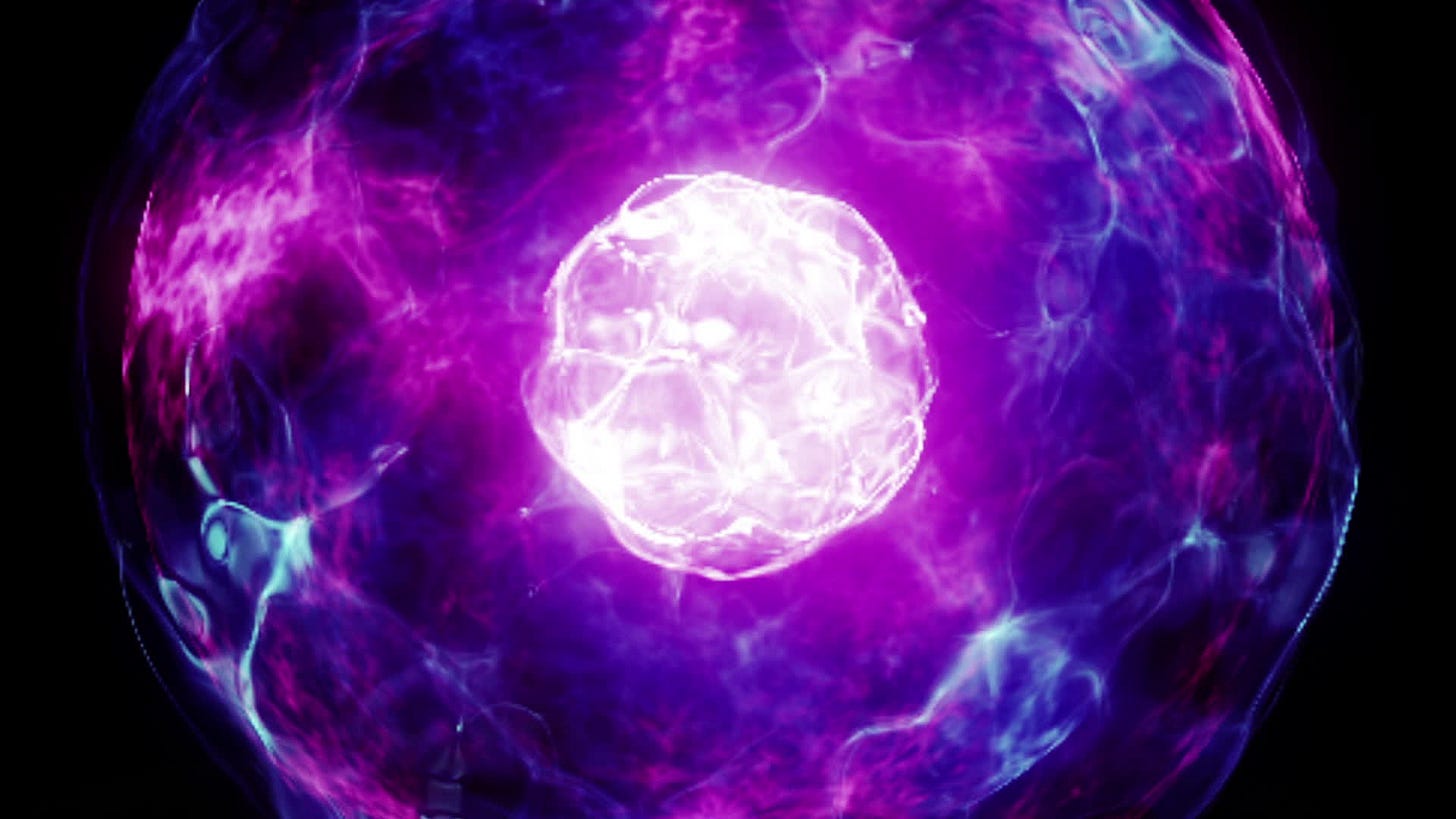While the de-carbonization of energy resources has mostly focused on wind and solar—there's another carbon-free alternative that is much more reliable: nuclear energy. In fact, traditional nuclear power fission reactors still produce almost 20% of all the electricity in the United States. And, a recent Gallup survey showed that 55% of Americans support the use of nuclear to generate electricity. So, what's the problem? Many critics point to safety concerns surrounding nuclear fission—not the least of which is the storage of nuclear waste material.
Enter, nuclear fusion. Fusion power combines atomic nuclei—rather than splitting them as fission does. The process produces far less radiation and almost no high-level nuclear waste. Oh, did we mention it's incredibly cheap? The problem with fusion has always been that it's "pie-in-the-sky". This was best explained by The Wall Street Journal's Jennifer Hiller, who paraphrased basketball scout Fran Fraschilla, characterizing fusion as "a couple years away from being a couple years away".
Ah, but is it so far off? Recently, two entities entered into an agreement that suggests the limitless potential of fusion power may be right around the corner. Microsoft has signed the first commercial agreement for fusion power with startup Helion Energy (headed by AI guru Sam Altman). The deal would deliver at least 50 megawatts of fusion power to Microsoft facilities by the year 2028. That's less than five years from now. If this commercial venture works, the world could see an energy revolution like nothing that's come before: a limitless supply of cheap, reliable, safe, carbon-free energy.



